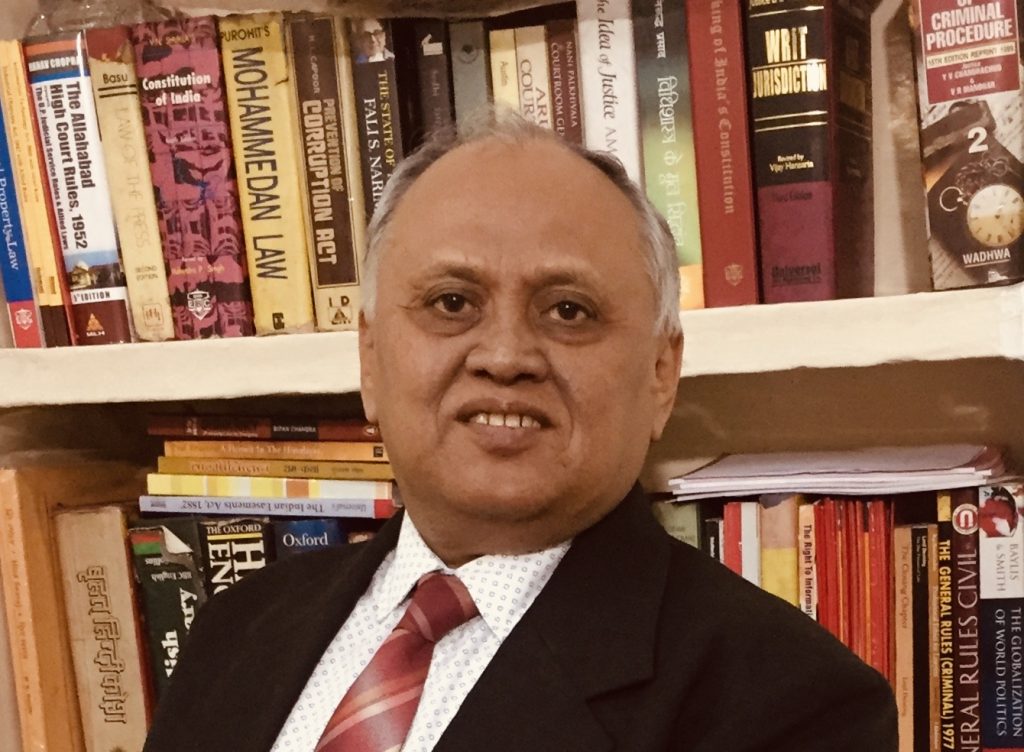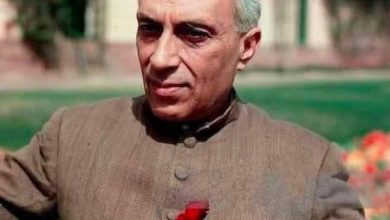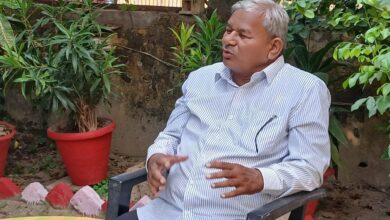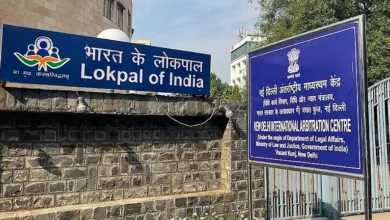भारत विभाजन गांधी और सत्य की खोज:
Gandhi and India’s Partion : Search for Truth

राम दत्त त्रिपाठी
Ram Dutt Tripathi
कल यानी 28 मई को अनासक्ति आश्रम की प्रार्थना सभा में सहभागिता कुछ बेहतर रही। सदानंद जी की अनुपस्थिति में मैंने सर्वधर्म प्रार्थना का संचालन किया और गांधी विचार पर संक्षिप्त चर्चा भी की।
यहाँ आने वाले अनेक पर्यटक आश्रम को केवल एक दर्शनीय स्थल या पिकनिक स्थल मानते हैं। संग्रहालय में गांधी जी के चित्र देखकर वे अक्सर पूछते हैं – क्या गांधी जी वास्तव में यहाँ आए थे?
मैंने बताया कि महात्मा गांधी जून 1929 में दो दिन विश्राम के लिए कौसानी आए थे। लेकिन यहाँ के शांत जंगलों और स्वास्थ्यवर्धक जलवायु से प्रभावित होकर वे 14 दिन ठहरे। उन्होंने कौसानी को “भारत का स्विट्ज़रलैंड” कहा और यहीं ‘गीता का भावार्थ – अनासक्ति योग’ की रचना की।
On 28 May, participation in the Anasakti Ashram prayer meeting was notably improved. In the absence of Sadanand Ji, I led the Sarva Dharma Prarthana and a brief discussion on Gandhian values.
Many visitors consider the Ashram a scenic or picnic spot. Upon seeing Gandhi’s photos in the museum, they often ask, “Did Gandhi really come here?”
I shared that Mahatma Gandhi arrived in Kausani in June 1929 for just two days of rest. However, the calm forests and invigorating climate inspired him to stay for 14 days. He famously called Kausani the “Switzerland of India” and wrote Anasakti Yoga, his spiritual interpretation of the Bhagavad Gita, here.
🔍 गांधी की आलोचना और मेरा प्रत्युत्तर
🔍 Criticism of Gandhi and My Response
गांधी चर्चा के बाद कुछ पर्यटकों ने महाराष्ट्र में प्रकाशित एक पुस्तक दिखाई, जिसमें गांधी जी की तीखी आलोचना थी — खासकर भारत विभाजन को लेकर, और यह आरोप कि एक बनिया ने ब्राह्मण नेता लोकमान्य तिलक से नेतृत्व छीन लिया।
मैंने स्पष्ट किया कि स्वतंत्रता आंदोलन में नेतृत्व लोकतांत्रिक तरीके से चुना जाता था। गांधी जी ने छुआछूत के विरुद्ध अभियान चलाया था, जिसके कारण 1934 में पुणे में उन पर बम से हमला हुआ। नाथूराम गोडसे और उनके साथियों का कहना था कि गांधी ने ब्राह्मणों के नेतृत्व को चुनौती दी।
तब तक तो पाकिस्तान का विचार भी सामने नहीं आया था। मैंने समझाया कि ब्रिटिश सरकार ने स्वतंत्रता आंदोलन को कमजोर करने के लिए ‘फूट डालो और राज करो’ की नीति अपनाई — हिंदू, मुस्लिम, और दलितों को अलग करने की साजिश रची गई।
⸻
After our discussion, a few tourists showed a Marathi publication that strongly criticized Gandhi—especially regarding Partition and the claim that a Baniya(trader) took over leadership from the Brahmin nationalist Tilak.
I explained that leadership in the freedom struggle was chosen democratically. Gandhi’s anti-untouchability campaigns had already provoked violent resistance—he was even attacked with a bomb in Pune in 1934 by Hindu extremists, who accused him of sidelining Brahmins.
At that point, the idea of Pakistan hadn’t even emerged. The British colonial strategy was to divide Hindus, Muslims, and Dalits to weaken the freedom movement. It was part of their geopolitical interest in maintaining a military buffer near Soviet Russia and China.
⸻
⚖️ सत्ता की साजिश और युवाओं की ज़िम्मेदारी
⚖️ Silence of the Establishment and the Duty of the Youth
बाद में मैंने चर्चा में जोड़ा कि आज गांधी जी की आलोचना, मूर्तियाँ तोड़ना, गालियाँ देना — यह सब एक सोची-समझी साजिश है, जिसे सत्ता समर्थित समूह आगे बढ़ा रहे हैं। क्योंकि गांधी विचार धार्मिक कट्टरता और पूंजीवादी शोषण — दोनों में बाधा हैं।
कम्युनिस्ट चीन और रूस ने पूंजीवाद के सामने आत्मसमर्पण कर साझेदारियाँ बना लीं, लेकिन गांधी आज भी एक नैतिक और वैकल्पिक मार्ग दिखाते हैं। अनासक्ति आश्रम जैसे स्थानों पर आने वाले लोग इन झूठों का उत्तर ढूंढ़ते हैं।
पर अफ़सोस, संस्था के वरिष्ठ पदाधिकारी यहाँ नहीं आते। उनका कहना है कि योग्य लोग नहीं मिलते। जो हैं, वे संपत्ति और मुकदमों में व्यस्त हैं। सवाल है — गांधी की विरासत की रक्षा कौन करेगा?
I pointed out that today, attacking Gandhi’s legacy has become a political project. From breaking statues to branding him as weak — these are not coincidences. They are tactics promoted by groups in power because Gandhian thought obstructs both religious extremism and exploitative capitalism.
While nations like China and Russia have surrendered to corporate models, Gandhi still offers a moral alternative rooted in self-restraint, decentralization, and dignity for all. Visitors to Gandhi memorials want truthful answers to the distortion being spread.
But unfortunately, top officials of such institutions rarely engage. They claim they can’t find capable people. Those who are present are preoccupied with legal cases and asset management. So the question remains — who will protect Gandhi’s legacy?
• गांधी विचार | Gandhian Philosophy,
• अनासक्ति आश्रम कौसानी ,Anasakti Ashram Kausani,
• गांधी जी का कौसानी, प्रवास,Gandhi’s Stay in Kausani,





